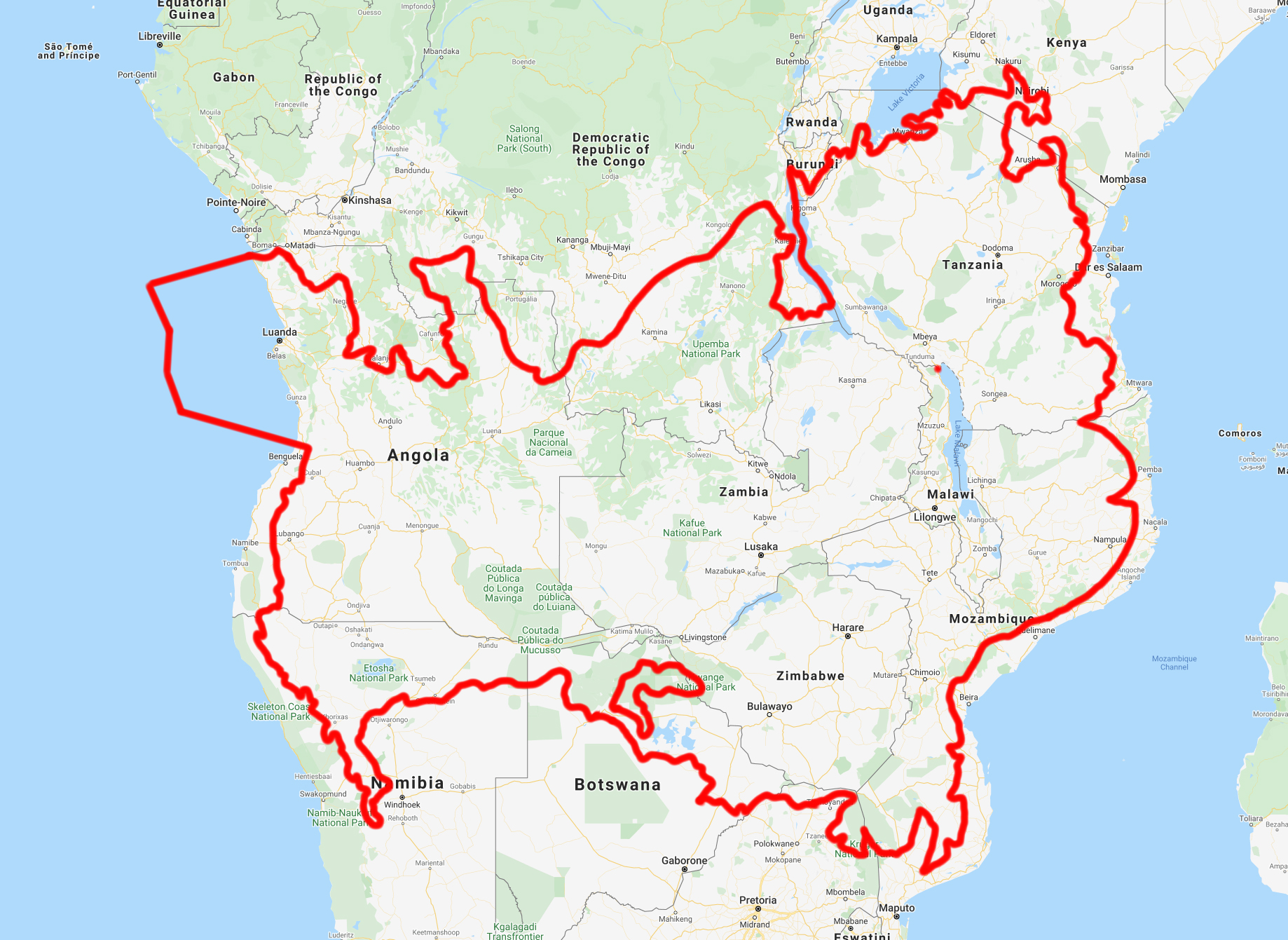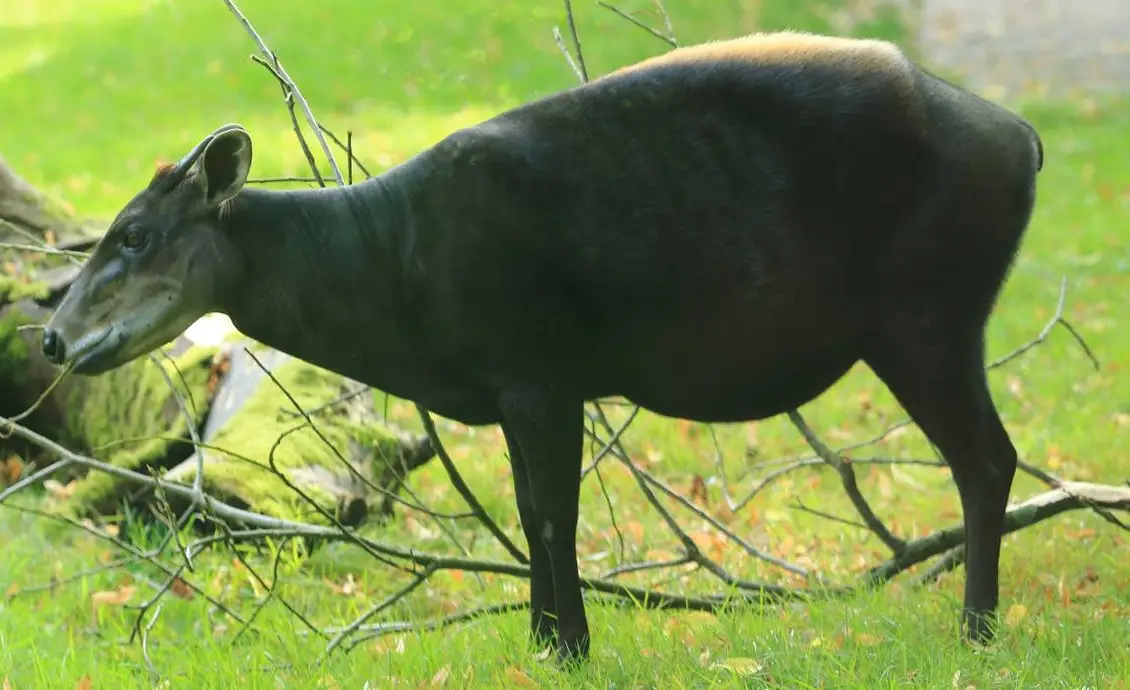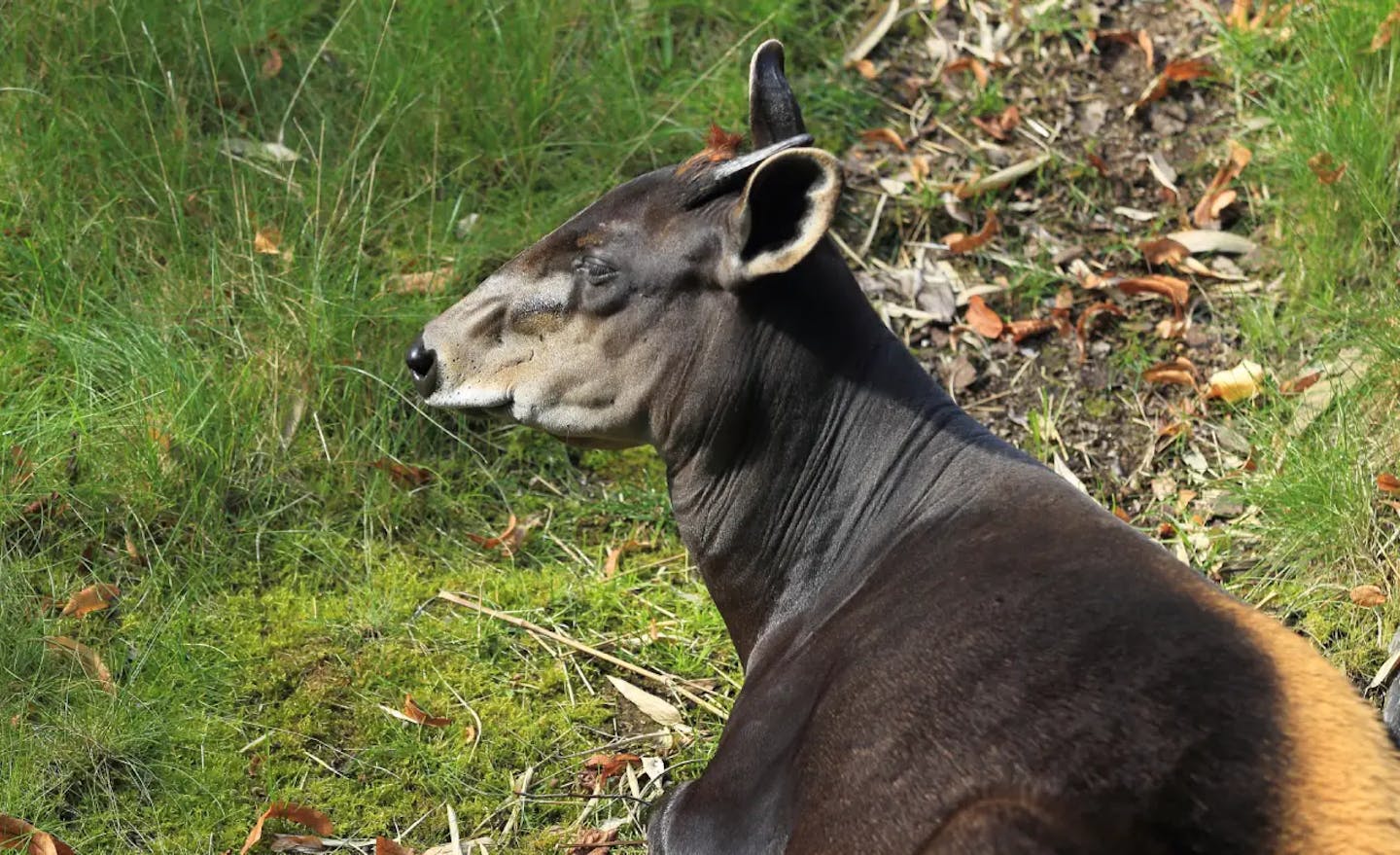How the yellow-backed duiker dives with no major water nearby
One Earth's “Species of the Week” series highlights the flagship species of each of the 844 unique ecoregions contained within Earth’s bioregions.
In the dense evergreen forest that stretches between the countries of Angola and Zambia in Southern Africa, a peculiar species is known for its diving skills without any large body of water nearby. Named after the Afrikaans word for “little diver,” the skittish yellow-backed duiker plunges into the thick foliage of tangled shrubs to hide wherever it hears the sound of approaching steps.
%20dreamstime_xxl_28632624.webp)
With the likeness of a white-tailed deer in long, slender legs and big eyes, mixed with a cow’s fluffy ears and black, shiny nose, the yellow-backed duiker can be quite charming. However, with other elements that resemble a warthog, such as dark gray hair covering a convex body shape with a rump at the shoulders, this species of duiker can also appear rather odd.
Two short horns at the crown of the head and a single stripe of yellowish fur along its spine complete the look of the yellow-backed duiker.

Yellow-backed duikers are the flagship species of the Zambezian Evergreen Dry Forests ecoregion, located in the Greater African Subequatorial Savannas & Mixed Woodlands bioregion (AT11).
The largest of the fifteen species of duikers, yellow-backs can grow to a body length of 1.5 meters (4.7 feet) long and weigh up to 80 kg (176 lb). Adult females tend to grow larger than their male counterparts, but no other sexual dimorphism is noted.
Yellow-backed duikers are active during both the day and night. Their flighty behavior, as well as solitary lifestyle, has made them a bit challenging for zoologists to research, especially when it comes to natural sleeping patterns.
Camouflaging with the dark underbrush, yellow-backed duikers hide from observation and rummage for food. The occasional root, leaf, and bud make it into the meal, but the main course is fruit. This is the primary role of the yellow-backed duiker in its ecosystem. As the duiker travels through the forest, their digestive remains fertilize and spread new seedlings.

Scent glands near their expressive eyes release secretions that communicate with other duikers. Sometimes it claims a territory, but twice a year announces the breeding season has begun. A female gives birth to either one or two calves after a gestation period of 4 to 7 months. Hidden in the forest’s vegetation, the calf will remain there for a week, be weaned after five months, and then become sexually mature in a year.
To the Indigenous peoples of West and Central Africa, the yellow-backed duiker is a vital source of food and income. Much like the history of the American buffalo, natives use all the parts of the species and respect the natural state of ebb and flow, only taking a duiker when needed. This balance was thrown off due to the duiker’s habitat being developed and overhunting.
Interested in learning more about the bioregions of the Afrotropics? Use One Earth's interactive Navigator to explore bioregions around the world.
Launch Bioregion Navigator


